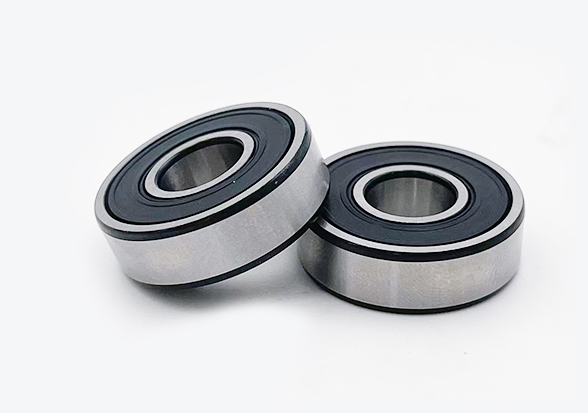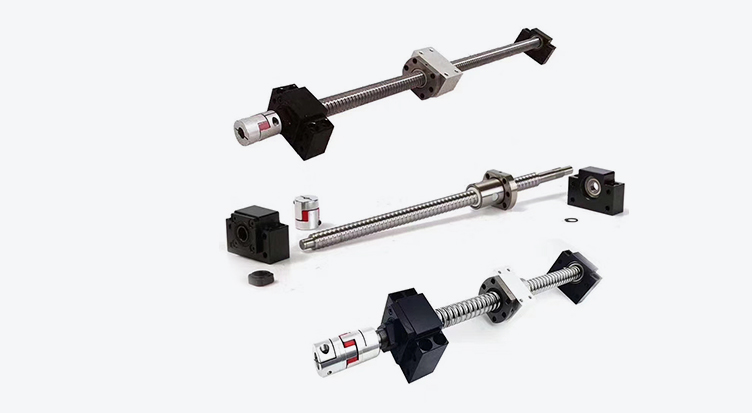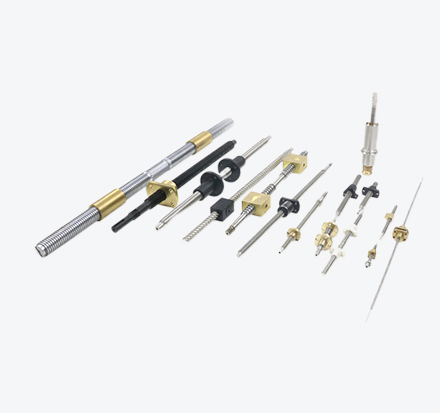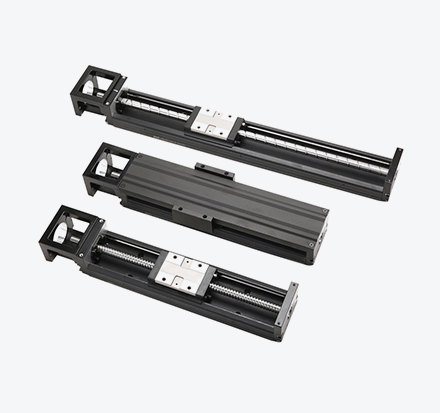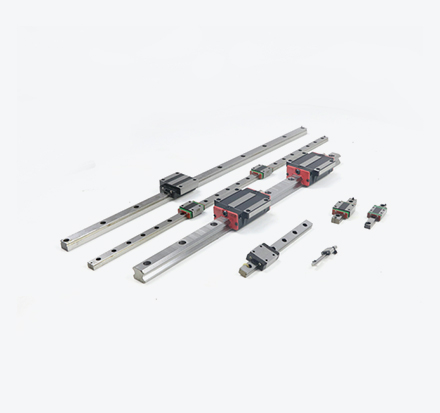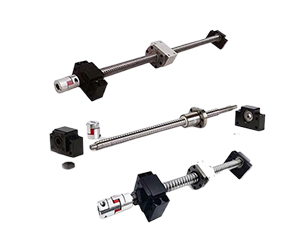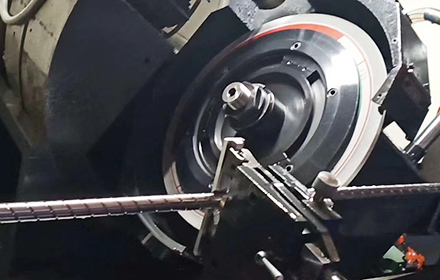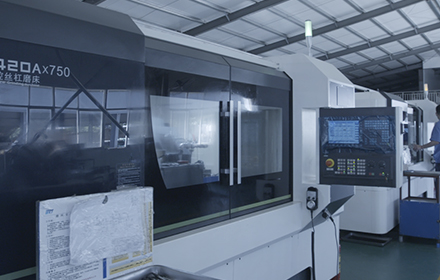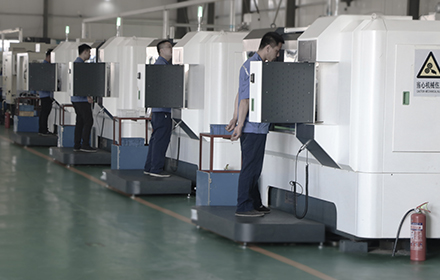Ⅰ. Trapezoidal screw and ball screw
The main difference between a lead screw and a ball screw is the way the load is carried between moving surfaces. Ball screws use recirculating ball bearings to minimize friction and maximize efficiency, while lead screws take advantage of the low coefficient of friction between sliding surfaces. Therefore, the trapezoidal screw generally cannot achieve the effect of the ball screw (about 90%). A simple analysis of the tribological mechanism (study of wear and friction) reveals that sliding friction is necessarily less predictable than transmissions with recirculating ball technology. Fatigue life equations such as L10 life are very reliable in the range they apply. To sum up, ball screw and high lead screw differ in their ability to predict performance and life, so their fields of application are also fundamentally different.
Ⅱ. What is the difference between trapezoidal screw and ball screw?
When selecting a precision trapezoidal or ball screw drive, understanding their unique characteristics is key to machine performance.
1. Trapezoidal screw vs ball screw, The structure is different: the ball screw is composed of a screw, nut, steel ball, preloader, reverser, and dustproof device, while the trapezoidal screw is mainly composed of a screw and a nut. Since the trapezoidal screw has no balls, it is relatively The structure is simple, and the installation and disassembly are more convenient, but the precision is not as good as the ball screw. Ball screws are subject to rolling friction, while trapezoidal screws are subject to sliding friction.
2. Trapezoidal screw vs ball screw, The transmission efficiency is different: the friction coefficient of rolling friction is much lower than that of sliding friction. According to relevant data, the efficiency of the ball screw is 2-4 times that of the trapezoidal screw, so generally speaking, when the same lead is used to drive the same load, the ball screw is more advantageous.
3. Trapezoidal screw vs ball screw, The self-locking property is different: the transmission efficiency is greater than 50%, there is no self-locking property, and when the transmission efficiency is less than 35%, there will be self-locking property, and the ball screw does not have self-locking property. The screw has the advantage of self-locking, but we also need to consider factors such as precision and speed.
4. Trapezoidal screw vs ball screw, The manufacturing materials are different: the shaft of the ball screw is generally made of stainless steel or alloy steel, and the nut is generally made of copper, while the trapezoidal screw is generally made of nylon, Saigang, PEEK, VESPEL, PET, PPS and other low friction coefficients. The high-temperature-resistant material is made of synthetic engineering material (PTFE) to achieve a low coefficient of friction and a certain degree of heat resistance.
5. Trapezoidal screw vs ball screw, Different processes: The manufacturing process of ball screw includes grinding and rolling, among which the threshold of rolling process is higher, and rolling process is easier to realize batch and efficient production, and the price is relatively cheap. There are three manufacturing methods for lead screws: rolling, cutting and grinding. Rolling is better than chipping because rolling produces a harder surface with a superior surface finish. However, in terms of precision, grinding can obtain the highest precision, followed by cutting, and rolling has the lowest precision.
 English
English
